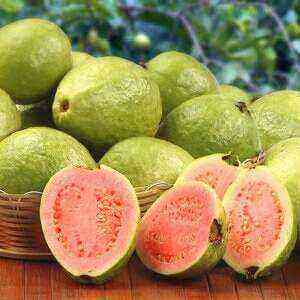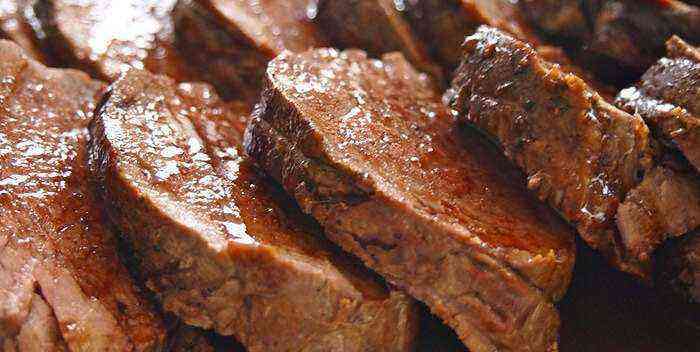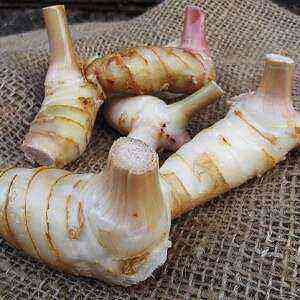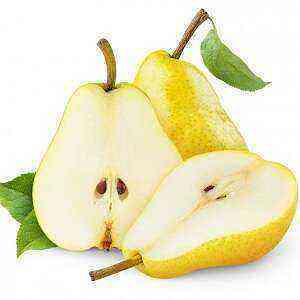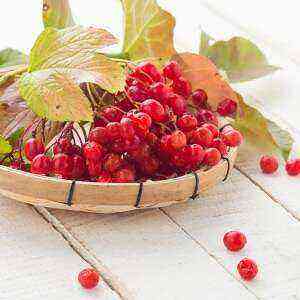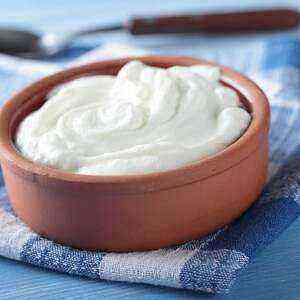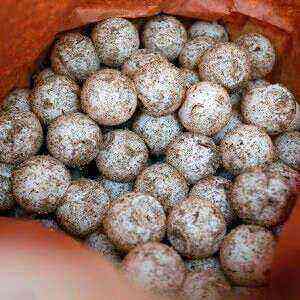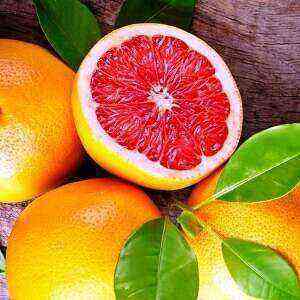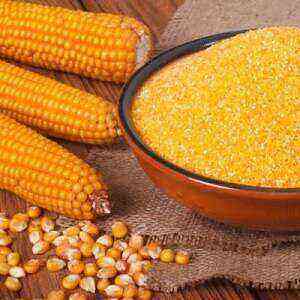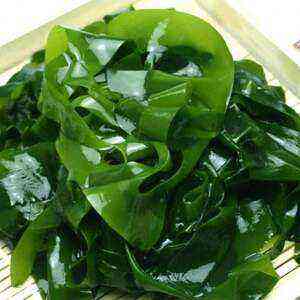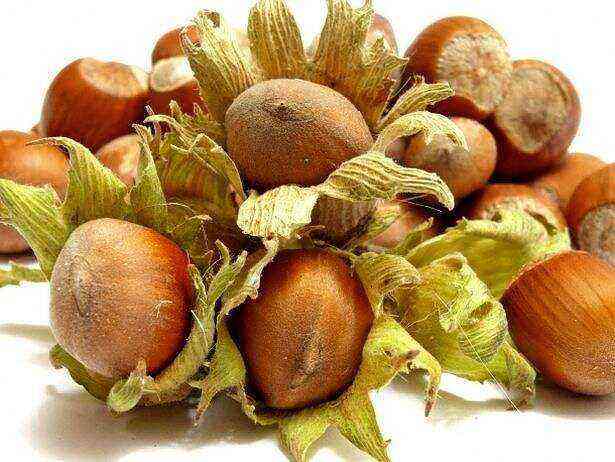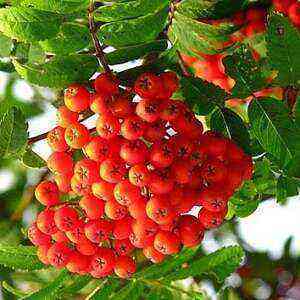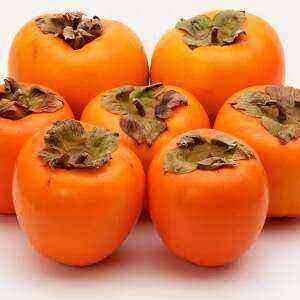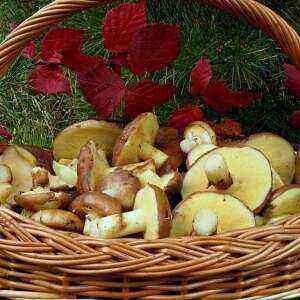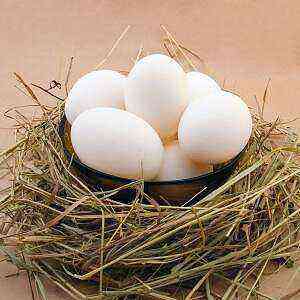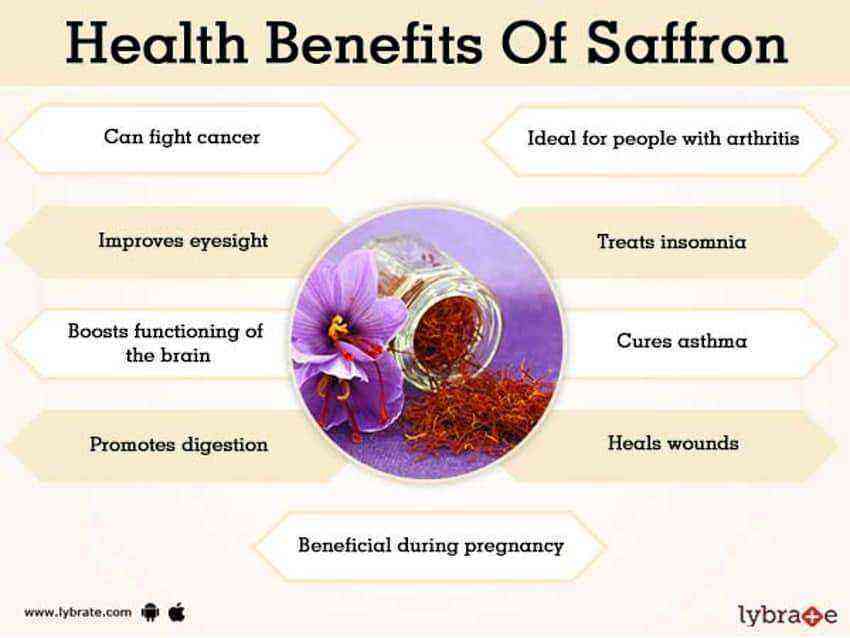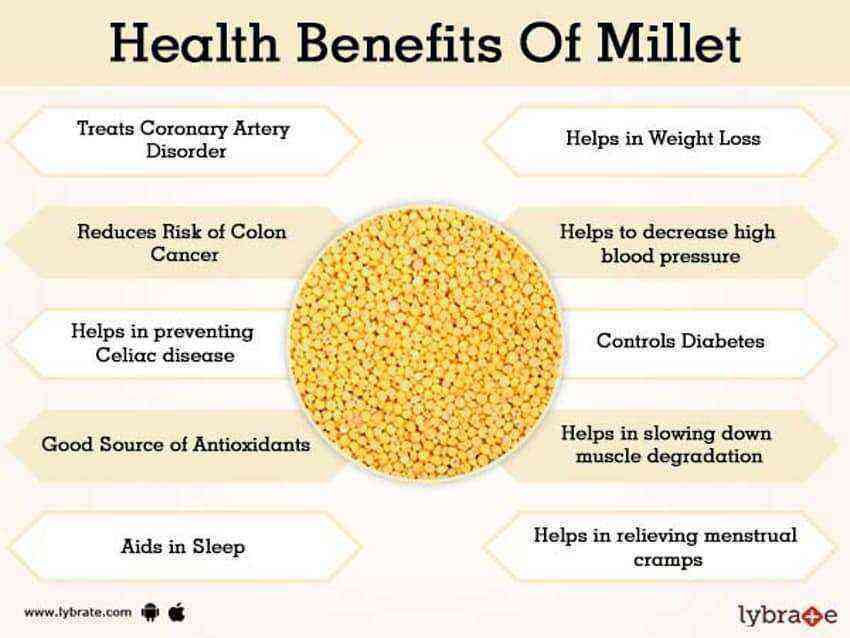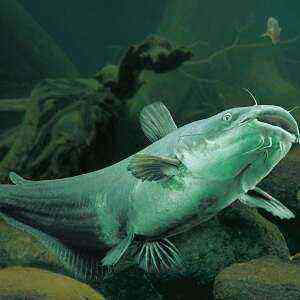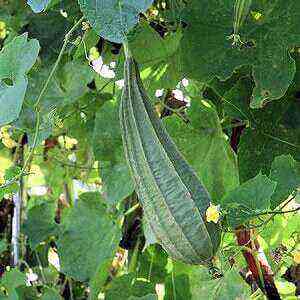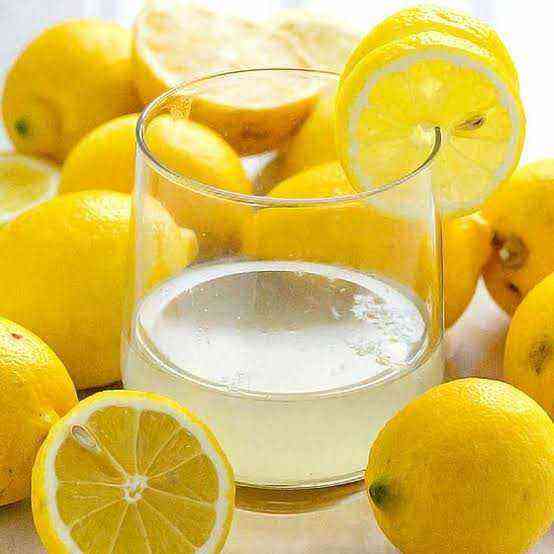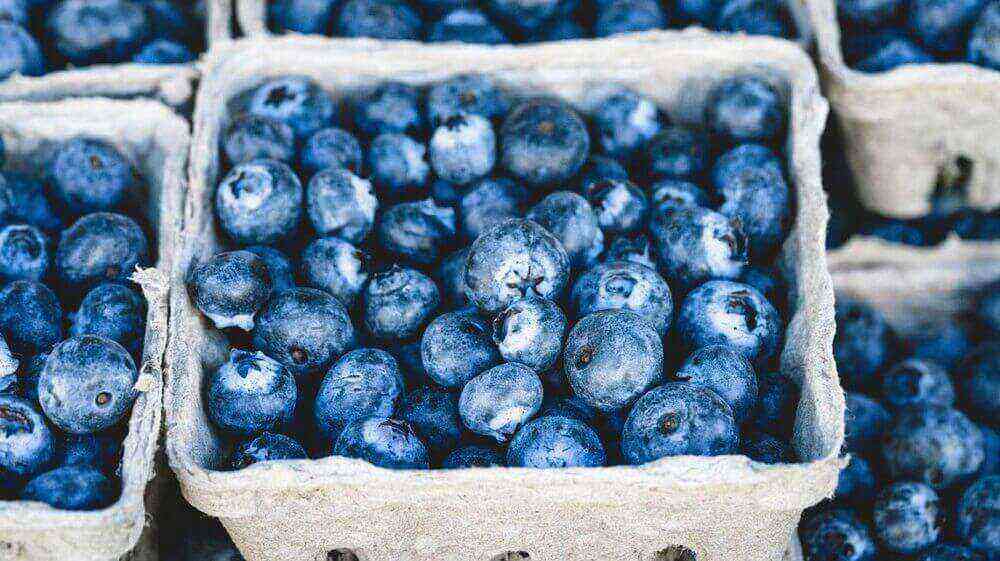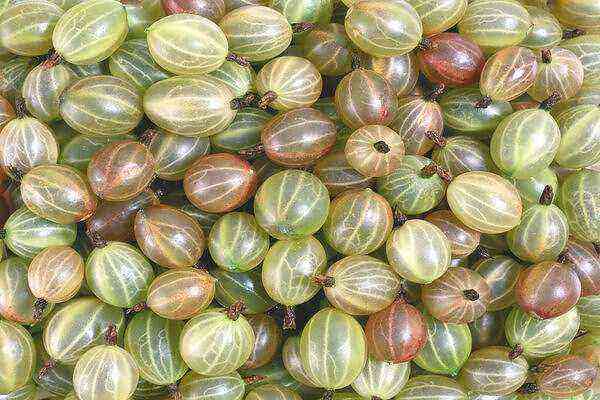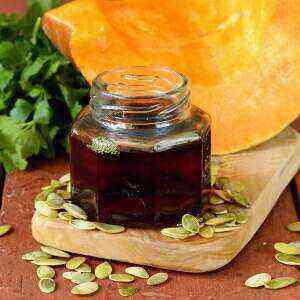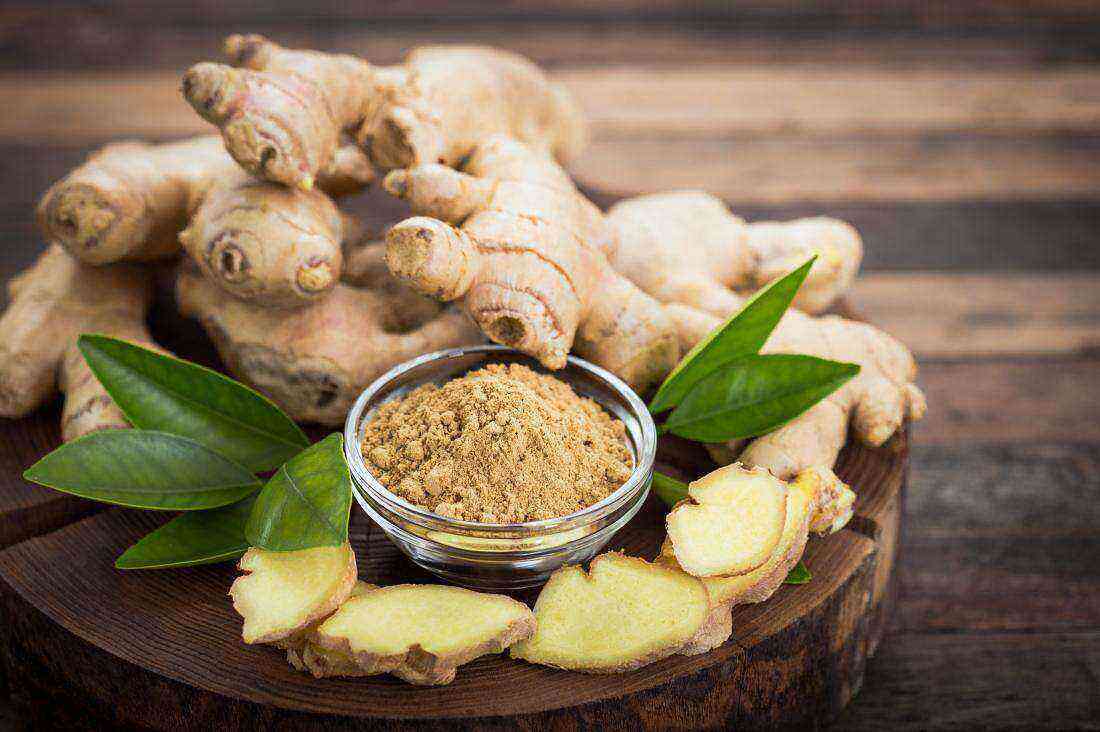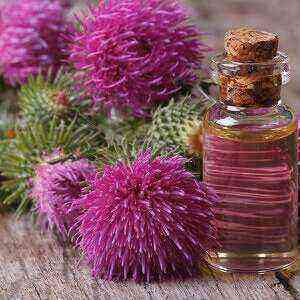Cyclamen (lat. Cuclamen) is a herbaceous perennial plant of the Mirsin family (periodically referred to by botanists to the Primrose family). Has another, less euphonious name – Dryakva. The genus of plants includes about twenty different species, many of which are considered medicinal plants.
Cyclamens are common in southern Europe, in the Mediterranean, in North Africa, and are also cultivated and grown as ornamental indoor plants almost all over the world. Often found in the Crimea, the Caucasus, in the southern regions of Russia.
Cyclamen is a bush no more than 15 cm high, oval-shaped leaves and pink flowers on long stalks. The main value of the plant is the underground part of the stem in the form of a flattened dense tuber. Cyclamen usually blooms in February-March, after the end of flowering, the fruit is formed in the form of a round box containing a large number of seeds.
Chemical composition and useful properties
The main raw material for the preparation of medicines are cyclamen tubers. They are harvested in the earliest spring, in March, and also in late autumn. Cyclomene tubers contain saponins, bitter and astringent substances, amine cycle, natural oils, organic acids.


